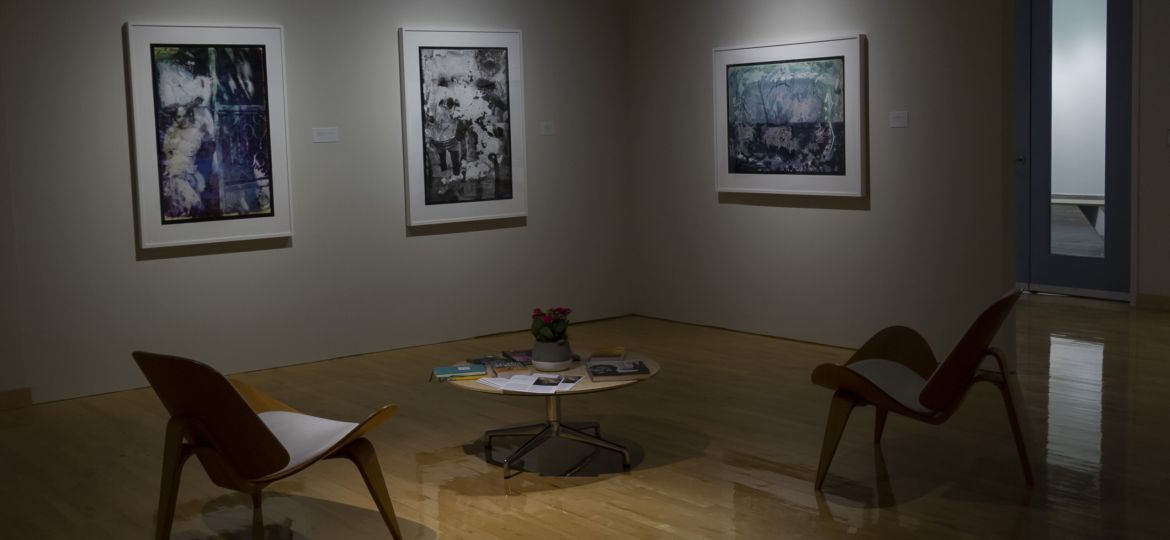
The Flaten Art Museum opened a new exhibit on October 1. It showcases the work of New Orleans-based artists Chandra McCormick and Keith Calhoun. Assistant Professor of Art and Art History Hannah Ryan worked in collaboration with Amanda Rose ’21 to curate the show.
Hurricane Katrina in 2005 greatly affected the negatives of the photographs. When artists McCormick and Calhoun first retrieved them, the negatives were mottled by water damage. However, when they started reprinting them in 2010, it became clear that the photos still held immense value. The artists no longer consider them damaged, hence the name of the exhibit.
Ryan explained how the artists were affected by the hurricane.
“It was a significant event in their life, but the way that they chose to handle it is so remarkable. Their son had a good idea to put everything in the freezer, and the freezing stopped the deterioration process in its tracks,” Ryan said.
Curatorial assistant Rose conducted research over the summer that focused on the visual culture of African American communities in New Orleans in response to traumatic events.
“I primarily focused on hurricane Katrina but I was also looking into protests against police brutality and the coronavirus pandemic. I looked into a lot of Chandra McCormick and Keith Calhoun’s work,” Rose said. “It was really great to be able to focus on that for my summer research and then be able to come back here and work on curating the show in person.”
When you enter the exhibit, jazz music plays over the speakers, accompanying the viewing experience.
“We want this to be a space for our whole community to feel welcome to come and experience this environment. They can listen to the music and see the works. We’ve created a reading area of related readings as well,” Ryan said.
One reading in particular comes from curator and scholar TK Smith titled “Embracing the Infinite Mother.” Smith writes about a specific photograph in the exhibit taken by Calhoun in 1995 titled Mother with Child. Smith’s essay focuses not only on this piece but the significance of documentary photography and Black culture. Copies are available in the museum.
“We can use the arts to recuperate and grow and recover,” Ryan said. “When Goerge Floyd was murdered in Minneapolis, it felt incredibly important to center and amplify black voices, artists and perspectives. We felt it was important to share this with black students, staff and faculty on campus.”
Rose commented on the action of recuperation and the fact that they were able to take damaged works and create something beautiful out of it.
“I think that can be applied to any discipline. Damage can be turned into something productive or beneficial. It’s showing people a new way of thinking about damage and a way to overcome challenges.”
Ryan explained that the show has a few main messages.
“The radical possibilities of sustained attention and care, reimaging how closely a finished product must or must not reflect its conception, empathetic collaboration, and unwavering dedication to social justice and antiracist practice, and the idea of mending as transformative action. All of these concepts are things that I hope anyone who visits will walk away with.”
The exhibit will be open until November 22. There will also be additional public events such as a conversation with Chandra McCormick and Keith Calhoun on October 8 at 5 p.m. and a lecture with TK Smith on October 22 at 5 p.m. More information can be found at www.stolaf.edu/flaten.



























You must be logged in to post a comment.